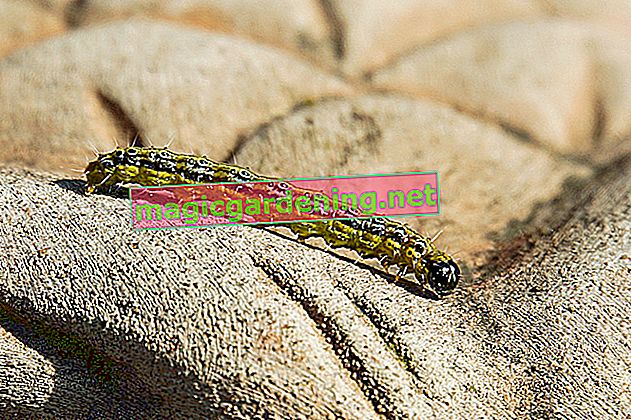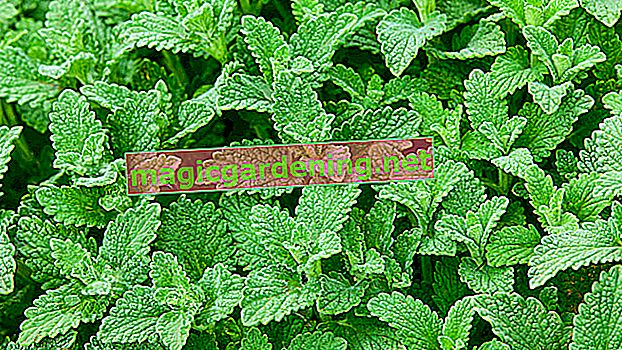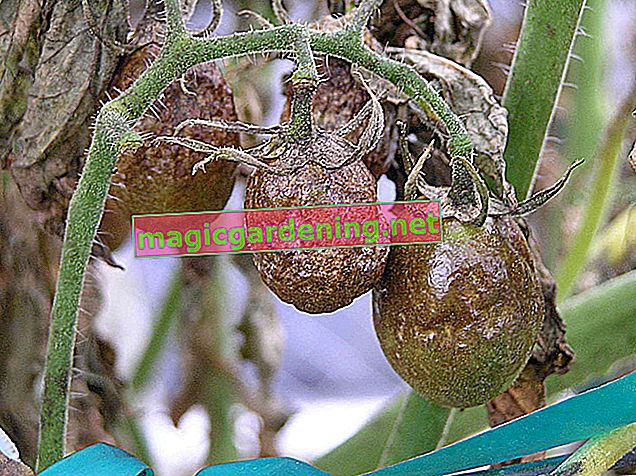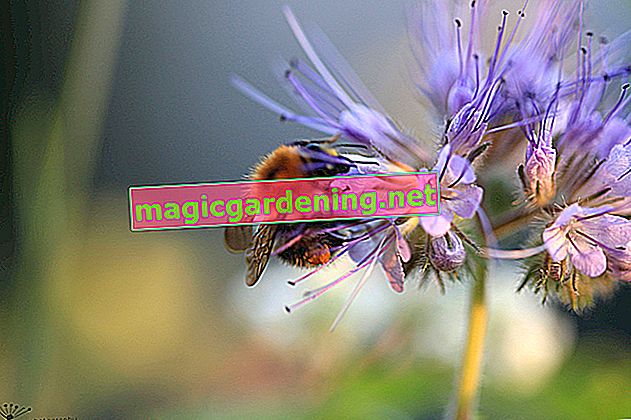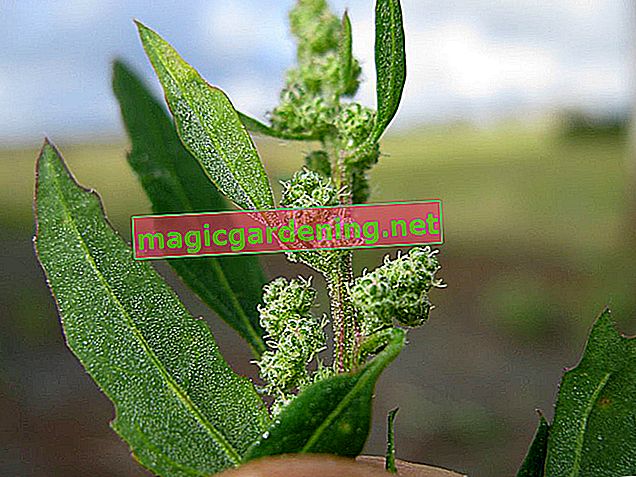
All parts of the plant are edible
- leaves
- blossoms
- Seeds
Fresh leaves of the holy herb give salads a spicy note. All parts of the plant can be used fresh or dried to infuse an aromatic tea that has a stimulating effect.
also read
- Lavender - versatile household, kitchen and medicinal uses
- Cut holy herb for care and harvest
- Holy herb and its medicinal properties
Proven home remedy for mosquitoes and moths
The strongly scented flowers of the saint's herb are a tried and tested home remedy for all kinds of pests that occur in the kitchen and household.
Place fresh flowers with their stems in a vase or just place the flowers in a bowl of water. Put them on the garden table or windowsill to keep mosquitos away. In the kitchen itself, holly herb flowers drive away fruit flies and flour moths.
Put dried flowers in herbal sachets and distribute them between your laundry. Bedding, wool sweaters and other items of clothing not only smell pleasant, but are also protected from moths.
Soothing bath products
Sanitary herbs can also be used to make bath additives that smell pleasantly spicy and have a beneficial effect on the skin.
Tips for collecting and drying
During the flowering period, Heiligenkraut is particularly spicy and a little bitter. If you plan to use the leaves as a seasoning herb in the kitchen, it is better to collect them before they bloom.
In the case of the flowers, however, the strong aroma is used to combat all kinds of pests.
Starting in June, cut the flowers and either put them in a vase or hang them up to dry.
Can be used all year round when dried
Holy herb flowers and leaves can be kept dry all year round.
Collect the plant parts on a morning that is as dry as possible. The flowers are bundled in bunches and hung upside down in an airy, but not directly sunny place to dry.
The leaves can be dried in the oven at very low temperatures or in an airy place. They are then kept in a dark glass.
Tips
In France the herb is called “Garde-robe”, translated “to guard clothes”. There the herb can be found in almost all wardrobes as biological protection against moths.

